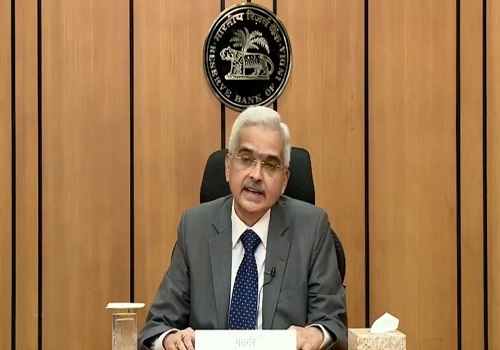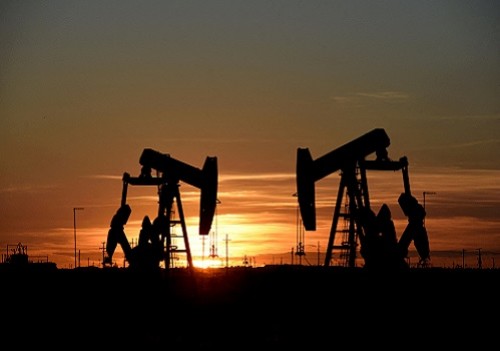Gold Outlook for year 2021,Quantum Mutual Fund

Follow us Now on Telegram ! Get daily 10 - 12 important updates on Business, Finance and Investment. Join our Telegram Channel
https://t.me/InvestmentGuruIndiacom
Download Telegram App before Joining the Channel
Gold Outlook for year 2021
2020 has been an eventful year to say the least. Lakhs of lives and livelihoods were lost to the Covid-19 pandemic and the unprecedented policy action of synchronized national lockdowns that followed. The health crisis snowballed into an economic one and the global economy plunged into recession. Central banks announced “do whatever it takes” monetary policies to cushion the resulting economic damage and governments drove up their debts and deficits by doling out funds to fuel the economy. Stock markets dramatically lost about a quarter of their value only to end the year at all-time highs. Real interest rates plummeted, the world’s reserve currency lost its muscle and gold yielded spectacular returns.
Now it's curtains down on 2020 and everyone seems to be looking forward to 2021, especially as vaccines are rolled out with promises of defeating the virus and returning humanity to normalcy.
For all the hope spurred by the breakthroughs on the vaccine front, we believe that most of 2021 will be a bumpy journey from vaccine to vaccination. The development of Covid-19 vaccines in a record time of a few months is commendable. But manufacturing and distribution to immunize a majority of the 7.8 billion world population is an expensive and lengthy exercise. And although the vaccine will slowly and steadily address the health crisis, the world still has an economic crisis to deal with.
What will this mean for gold? Gold is expected to initially move up riding on the back of additional fiscal stimulus from the US government and improving investment demand as well as consumer demand from India and China. But the optimism surrounding the economic rebound and the cheap liquidity backdrop is expected to encourage further risk taking in search for yield and continue to propel risk assets. The continued optimism on the economic recovery and surging risk assets could be a headwind for gold that could limit its rise next year. However, the fact remains that the economic rebound has been losing steam. Take for example the US economy has recouped half the jobs lost due to the pandemic but is now adding jobs at a much slower pace. It's in line with our earlier estimates that the initial rebound will seem V shaped but will then slow down. When the liquidity led momentum recedes and markets start reflecting ground reality, gold should reprice on back of constructive fundamentals.
Let’s remember that gold was already on an upward trajectory before Covid-19, with the pandemic being only one of the tailwinds for its incredible rally. And most of the macroeconomic conditions that supported gold are now being carried forward by the world to 2021.
Even before the pandemic hit the world, geopolitical and economic issues such as the US-China Trade war and slowing growth plagued the global economy. This caused central banks worldwide to pivot to a more dovish stance in which they lowered interest rates. In the case of the Federal Reserve the pivot was even more extreme, moving from a policy of quantitative normalization to quantitative easing in 2019. Negative yields became common for many of the world’s mature economies with 18 trillion dollars of negative yielding government debt on the market. Now, with the pandemic having exacerbated the existing macroeconomic weaknesses, we expect interest rates in the US, as well as the rest of the western hemisphere, to be low for a longer time as central banks try to support the economy through the after effects of the pandemic. This makes holding gold a more viable option than holding US treasuries as it successfully preserves purchasing power in a negative real rate environment. Gold will also be more effective than bonds in mitigating equity market risk and providing portfolio diversification going forward.
With plenty of liquidity sloshing around and also seeping into the real economy, unlike 2008 where liquidity remained bound to banks and financial institutions, the probability of inflation looms large. The vaccine breakthrough could bring back pre-Covid-19 spending habits. Such pent-up demand, magnified by cash handouts and high savings rate, will mean consumers return to fewer goods and services - with many businesses having shut down for good. This will drive up inflation and take wealth away from savers and devalue their wages. This not only means the erosion of purchasing power but also the erosion
of trust in the reliability and sustainability of the current monetary system. This is incredibly bullish for gold - the currency of last resort and the ultimate store of value as real rates continue to dip further.
While accommodative policies are crucial to bring the global economy back on its feet, a sustained period of monetary easing and piling debt on top of debt since the 2008 Global financial crisis has stretched central bank and government balance sheets, sowing the seeds of the next crisis. These precarious debt loads not only increase the potential for defaults but are also a drag on future economic growth and weaken the purchasing power of currency. With US national debt crossing $27 trillion in 2020 and amounting to 140% of the nation’s annual economic output, the US dollar has naturally withered and weakened this year. The world is probably starting to lose confidence that the heavily indebted US can keep paying its bills. The euro overtaking the dollar to become the most used currency for global payments in October is one indication of that. Gold, which is priced in dollars, would be a big beneficiary if a crisis of confidence plagues the world's reserve currency. One way in which governments are expected to tackle these high debt levels is currency devaluations as a weaker currency makes debt payments effectively less expensive. As economies compete for the weakest currency, gold, being a monetary asset will be more valuable.
US-China relations are at their lowest point in decades, with the pandemic aggravating trade and technology disputes. With Republicans and Democrats both opposing China based on Beijing’s handling of Covid-19, forced technology transfers, human rights abuses and its tightening grip on Hong Kong, a cold war is brewing between the world’s largest economies even with a transition at the White House. At the core of these issues is China’s ambition to become a dominant global power and America's resistance to that. As such, tensions between the major economies seem unlikely to de-escalate in the near future. Joe Biden also has a tall order in front of him of undoing the damage done by Trump on the international front - backing out of WHO, NATO and the Paris Climate Agreement, announcing anti-immigrant policies, withdrawing American troops from vulnerable countries and turning protectionist and declaring trade wars- and winning back the trust of the global community. Whether Biden will be able to smoothly do that will have consequences for global order and wide-reaching economic ramifications. The resulting uncertainty in equity, credit and currency markets will trigger a risk-off sentiment. This will push up investment demand for relatively safer alternatives like gold.
With jobs lost and economies suffering on one hand and asset prices soaring on the other, economic inequalities around the world will be exacerbated. One can expect several tax changes aimed at addressing the inequalities. Biden tax proposals also target more taxes on corporate, super rich. These tax proposals also have the potential to disrupt financial markets and highlight the embedded risks of this run- away rally. Any potential risks could further increase investment demand for gold.
The market narrative today may be about vaccines and the return to normalcy. But there is no “normal” to return to. Global policy makers will continue to resort to monetary inflation, credit expansion and government spending to tackle the extraordinary economic fallout of the pandemic. Use of this increasingly impotent monetary policy will mean failure to normalize the world economy as central banks will be trapped in a state of perpetual policy manipulation, financial systems will continue to walk on fiscal crutches, and the system will be marred with vulnerabilities. This will ensure that gold remains a preferred portfolio asset in 2021 and beyond.
Above views are of the author and not of the website kindly read disclaimer
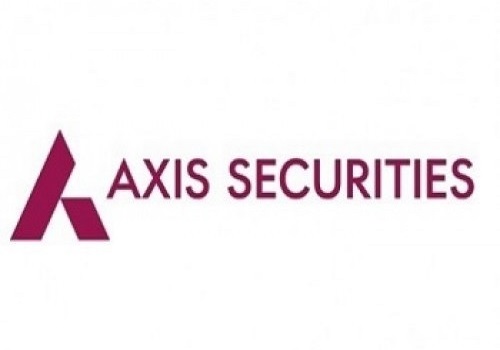




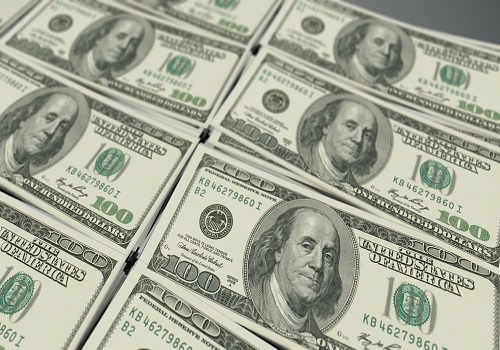
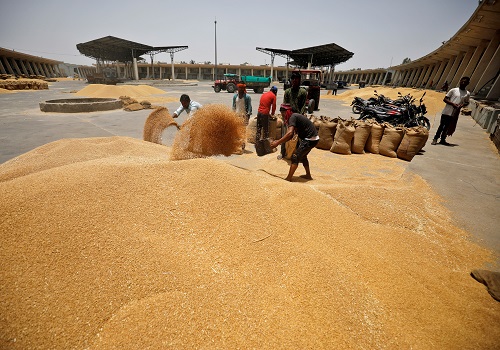

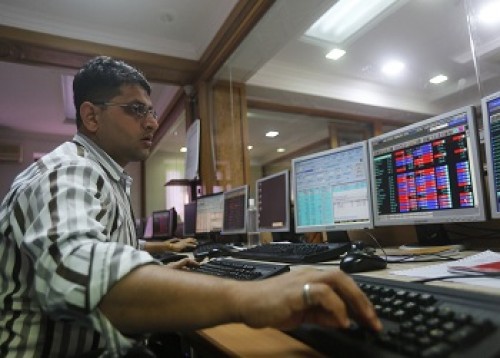

Top News

Investment portfolio with 50% Equity: 50% Debt can generate meaningful wealth creation in th...




